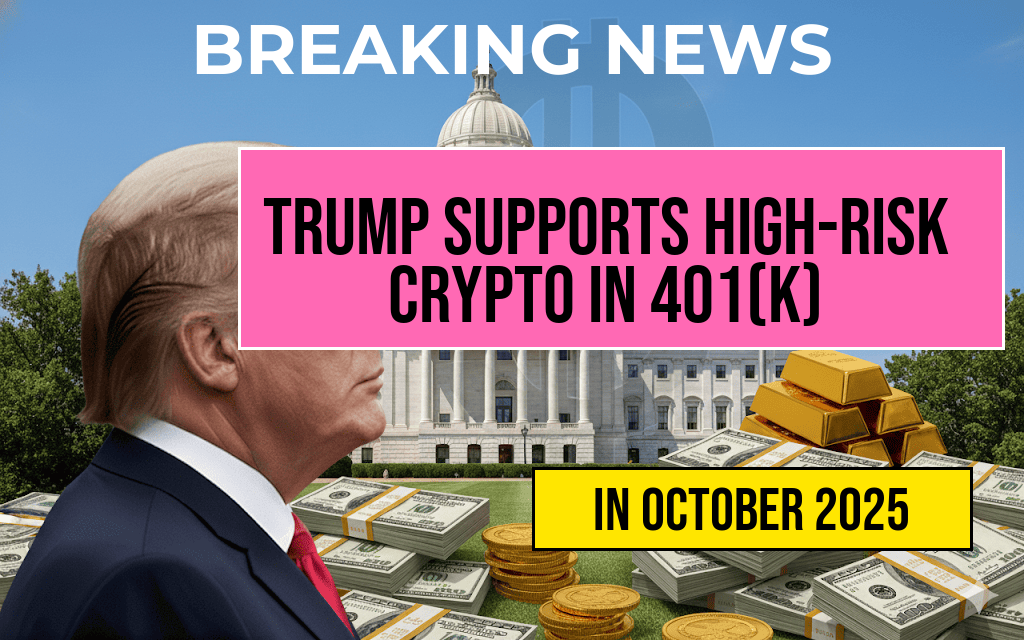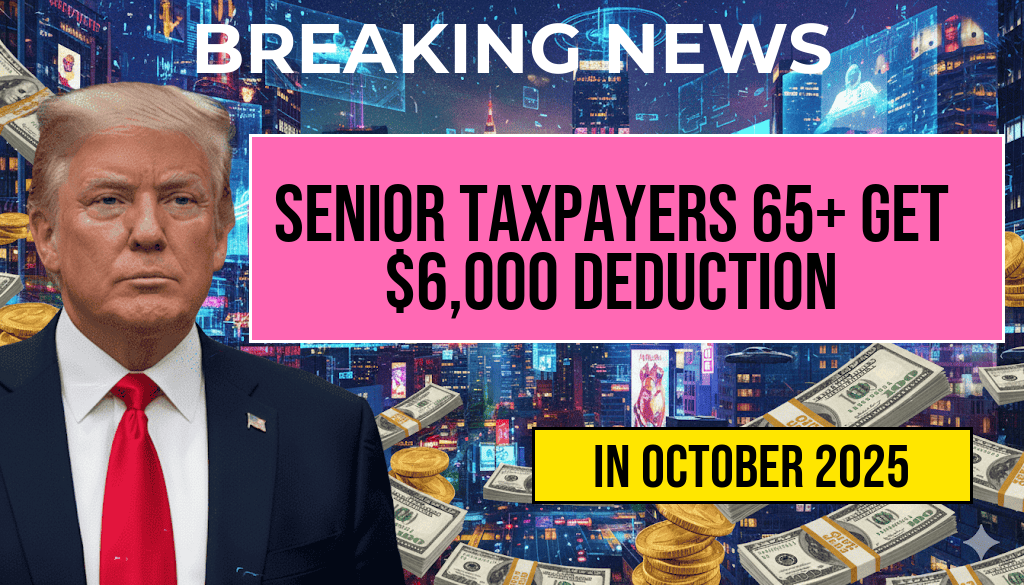Former President Donald Trump has recently voiced support for a significant shift in retirement investment policies, advocating for the relaxation of restrictions that currently limit exposure to high-risk assets like cryptocurrencies within 401(k) plans. His proposal centers on a new rule that would permit investors to include more volatile and speculative assets—particularly cryptocurrencies such as Bitcoin—in their retirement portfolios. This initiative has sparked considerable debate among policymakers, financial advisors, and consumer advocates, raising questions about the balance between innovative investment opportunities and the protection of retirement savings.
Background on the Proposed Rule Change
The rule under consideration would modify existing regulations enforced by the Securities and Exchange Commission (SEC) and the Department of Labor (DOL), which currently restrict the inclusion of high-risk assets in retirement accounts to safeguard long-term savings. Advocates argue that allowing such investments could provide a diversification boost and potentially higher returns, especially amid low-interest environments. Critics, however, warn that the increased exposure to volatile assets could jeopardize the financial security of retirees, who typically depend on predictable income streams.
Details of the Proposed Changes
Expanded Investment Options in 401(k) Plans
| Aspect | Current Regulation | Proposed Regulation |
|---|---|---|
| Asset Class Restrictions | Limited to traditional stocks, bonds, and stable funds | Potential inclusion of high-risk assets, including cryptocurrencies |
| Risk Management | Stringent oversight aimed at protecting retirement funds | Greater discretion for plan sponsors and participants to choose riskier assets |
| Transparency & Disclosure | Standardized disclosures and risk warnings | Enhanced due diligence required for high-volatility investments |
Implications for Retirement Savers
Supporters of the rule change emphasize that it could democratize access to innovative investment opportunities, potentially increasing retirement account growth. “Allowing investors to diversify into cryptocurrencies aligns with the evolving landscape of financial assets and provides additional avenues for wealth accumulation,” stated a spokesperson for the Department of Labor. However, opponents contend that the inherent risks associated with digital currencies—such as extreme price swings and regulatory uncertainties—could lead to substantial losses for unprepared investors.
Political and Industry Reactions
The proposal has generated mixed reactions across political lines. Republicans generally support measures that increase individual choice and market flexibility, viewing the rule as a way to modernize retirement planning. Democratic lawmakers and consumer advocacy groups, on the other hand, express concern over potential harm to vulnerable retirement savers, emphasizing the need for protective regulations.
Financial industry stakeholders are divided as well. Some fiduciaries and plan administrators see the opportunity to attract a new segment of investors eager for alternative assets, while others warn of the complexities involved in managing high-volatility investments within retirement accounts. The Financial Planning Association has called for comprehensive guidelines to ensure investors are well-informed about the risks involved.
Legal and Regulatory Considerations
Implementing such a rule would require navigating a complex regulatory environment. The DOL’s fiduciary standards would need adjustments to clarify the extent of plan sponsors’ responsibilities in offering high-risk options. Additionally, the SEC’s stance on digital asset regulation could influence how cryptocurrencies are integrated into retirement plans. Experts warn that regulatory uncertainty might hinder widespread adoption, at least until clearer guidelines are established.
Potential Impact on the Cryptocurrency Market
If the rule gains momentum, it could significantly influence cryptocurrency markets by increasing retail exposure. Increased participation from retirement accounts might lead to higher liquidity and broader acceptance of digital currencies. Conversely, critics argue that it could introduce substantial volatility into the retirement savings system, potentially destabilizing markets during downturns.
What Experts Say
- Financial analysts highlight the importance of investor education and risk management strategies to prevent losses.
- Retirement planning specialists caution that high-risk investments should constitute only a small portion of a diversified portfolio.
- Regulatory authorities emphasize the need for robust oversight to protect consumers while fostering innovation.
Looking Ahead
The proposed rule is currently in the consultation phase, with public comments open until the upcoming quarter. Stakeholders are awaiting further details on how the regulation might be implemented and what safeguards will be put in place. As policymakers deliberate, the debate over balancing innovation with consumer protection continues to intensify, reflecting the broader tension between traditional financial security and emerging investment opportunities.
For more insights on retirement savings policies and cryptocurrency regulation, visit Wikipedia’s overview of U.S. retirement savings and Forbes’ coverage of digital asset regulations.
Frequently Asked Questions
What is the new 401(k) rule proposed by Donald Trump regarding cryptocurrency investments?
The new 401(k) rule proposed by Donald Trump aims to allow high-risk cryptocurrency investments within retirement plans, giving investors the option to include digital assets like Bitcoin and other cryptocurrencies.
Why does Donald Trump support allowing cryptocurrencies in retirement plans?
Donald Trump supports this change because he believes that offering cryptocurrency investments can provide greater diversification and potential higher returns for retirement savers, especially as digital assets become more mainstream.
What are the potential risks associated with including cryptocurrencies in 401(k) plans?
Including cryptocurrencies in retirement plans introduces significant risks such as market volatility, lack of regulation, and the potential for fraud. Investors could face substantial losses due to the high-risk nature of digital assets.
How might this new rule impact retirement investors and the financial industry?
This rule change could enable retirement investors to access alternative investments like cryptocurrencies, potentially boosting returns. It may also prompt financial institutions to develop new cryptocurrency-related retirement products.
What steps are being taken to regulate cryptocurrency investments in 401(k) plans?
Regulatory agencies are evaluating guidelines and security measures to ensure investor protection and transparency. The implementation of these regulations aims to mitigate risks associated with cryptocurrency investments in retirement accounts.










